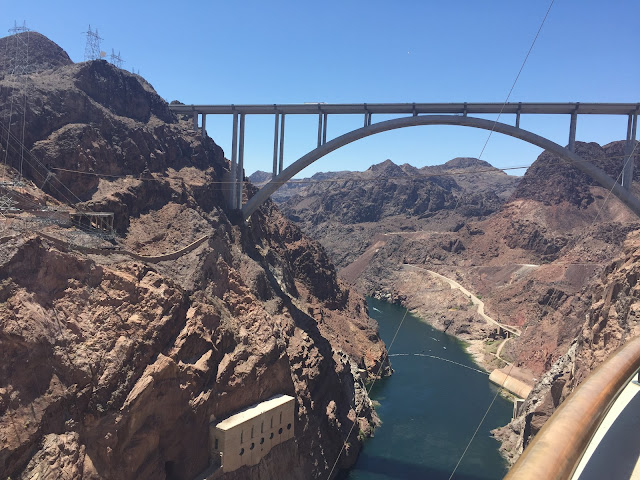Introduction
You have to remember only a small part of theYosemite National Park is accessible via roads, the rest is still in the grip of nature. Our second day in the park was slightly limited by the fact that Mariposa Grove of Sequoia Trees was closed. So the day was built around trees and trails.
Sequoia Trees
Given the restoration of the Mariposa Grove of trees until 2017 we tried to visit the other Sequoia trees in the region, there are two other groves Merced Grove and Tuolumne Grove. We visited Tuolumne Grove as the car park to Merced Grove was small and full. We got parking first time as we circled the parking lot. The Sequoia trees are a one mile walk through the park. The walk down is fine as you are going downhill the walk up takes a lot longer and while its not exhausting will leave you needed something energy back!
My pictures of the Sequoia Trees is below:
We did not do the Sentinel Dome hike but from speaking to local guides the hike is slightly longer a little bit harder (higher incline). The hike to Sentinel Dome has better view for the entire duration of the hike.
The Taft Dome hike is ideal for families with kids and you can ramble through the forest keeping your kid occupied.
You have to remember only a small part of theYosemite National Park is accessible via roads, the rest is still in the grip of nature. Our second day in the park was slightly limited by the fact that Mariposa Grove of Sequoia Trees was closed. So the day was built around trees and trails.
Sequoia Trees
Given the restoration of the Mariposa Grove of trees until 2017 we tried to visit the other Sequoia trees in the region, there are two other groves Merced Grove and Tuolumne Grove. We visited Tuolumne Grove as the car park to Merced Grove was small and full. We got parking first time as we circled the parking lot. The Sequoia trees are a one mile walk through the park. The walk down is fine as you are going downhill the walk up takes a lot longer and while its not exhausting will leave you needed something energy back!
My pictures of the Sequoia Trees is below:
You'll spot a few busy workers along the way
Hike to Taft Point
Taft Point and Sentinel Dome which are two point are easy hikes, the trail head for both hikes is on the road to Glacier Point. We took the hike to Taft Point which was a 1.5 mile hike and took about 15-20 mins one way. The hike is mostly through a pine forest with the view largely at the end of the hike. The picture we took on the hike are below:
The Taft Dome hike is ideal for families with kids and you can ramble through the forest keeping your kid occupied.























































